Introduction
In the heart of Spain’s Andalusia region, near the historic city of Seville, an extraordinary archaeological discovery has shed light on the sophisticated cultural practices of Copper Age societies that thrived in the Iberian Peninsula thousands of years ago. In 2007, a team of archaeologists stumbled upon a remarkable find – a 5,000-year-old crystal dagger, meticulously crafted and buried alongside the remains of elite members of this ancient civilization.

This captivating artifact, along with the other remarkable grave goods uncovered in the tomb, offers a tantalizing glimpse into the beliefs, social structures, and technological prowess of a people who lived millennia before the rise of the great ancient civilizations. Join us as we delve into the fascinating story behind this crystal dagger and uncover the insights it provides about the Copper Age societies that once thrived in the Iberian Peninsula.
The Discovery of the Crystal Dagger
It was a routine archaeological excavation that took an unexpected turn when the team of researchers, led by a team from the University of Seville, began to uncover the contents of a previously undisturbed tomb near the town of Valencina de la Concepción, just outside of Seville. As they carefully sifted through the layers of soil and debris, the researchers were astonished to find the remains of 25 individuals, all interred with an array of impressive grave goods that hinted at their high social status.
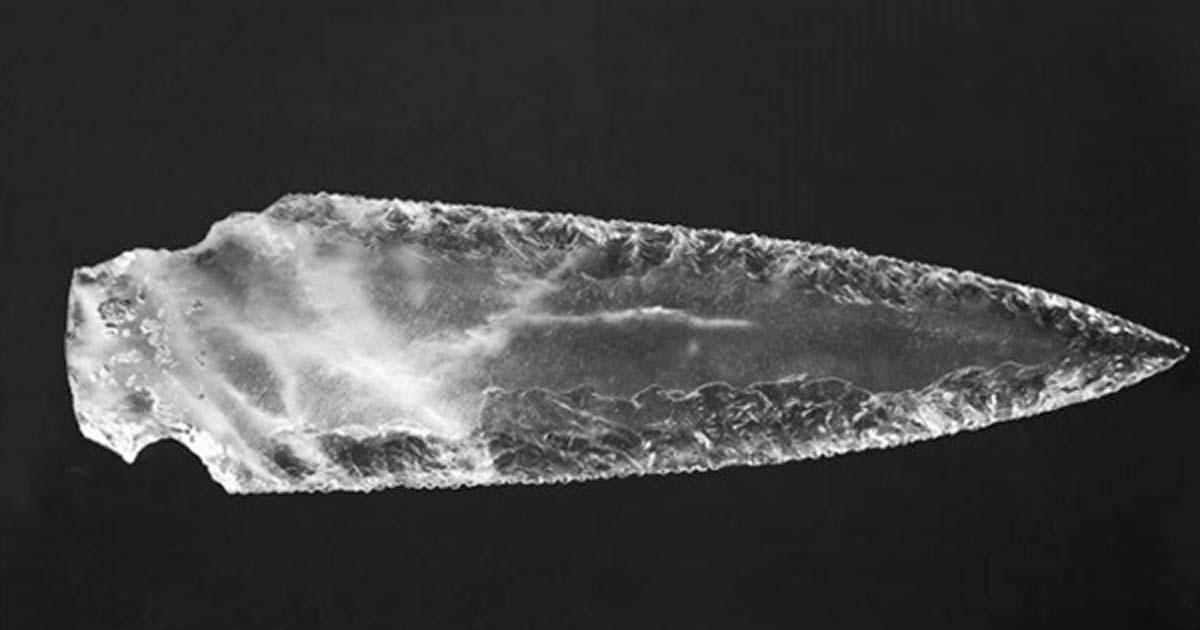
Among the artifacts discovered were intricately decorated shrouds, amber beads, ivory objects, and even fragments of gold blades – all testament to the sophisticated craftsmanship and cultural practices of this ancient civilization. But the most remarkable find was yet to come, as the team’s attention was drawn to a glittering object nestled among the remains.
Gently brushing away the dirt, the archaeologists revealed a stunning crystal dagger, measuring approximately 22 centimeters in length. Crafted with remarkable precision, the dagger featured an ivory hilt and sheath, further enhancing its elegance and suggesting its significance within this Copper Age society.
The Significance of the Crystal Dagger
The discovery of the crystal dagger was a pivotal moment in the understanding of Copper Age societies in the Iberian Peninsula. This exquisite artifact, along with the other grave goods found in the tomb, provided valuable insights into the social, cultural, and technological advancements of these ancient people.

Symbolic and Ritualistic Importance
One of the most intriguing aspects of the crystal dagger is its apparent symbolic or ritualistic significance. The use of rock crystal, a material prized for its rarity and associated with purity and spirituality, suggests that this dagger held a special place within the belief systems and practices of the Copper Age inhabitants of the Iberian Peninsula.
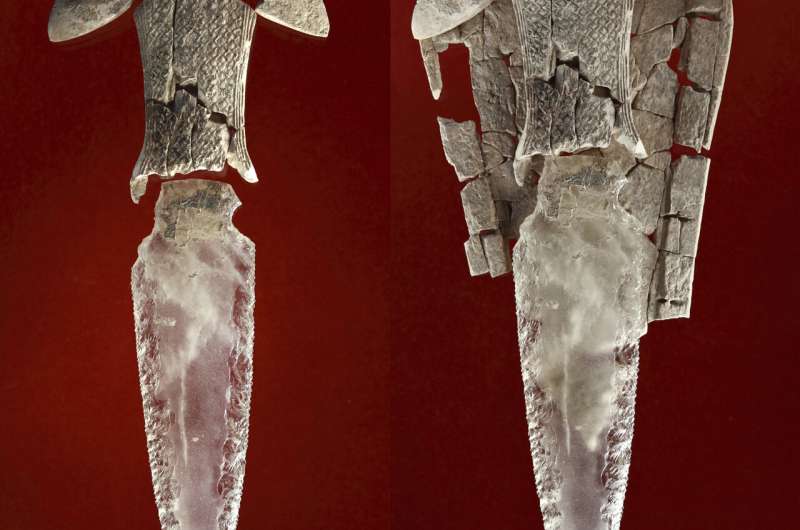
Crystals, with their unique optical properties and perceived mystical qualities, were often imbued with symbolic meaning in ancient cultures. In the case of the Valencina de la Concepción tomb, the presence of not only the crystal dagger but also other crystal artifacts, such as beads and pendants, indicates that these materials held a profound significance for the individuals interred there.
Technological Sophistication
The craftsmanship and precision displayed in the creation of the crystal dagger are a testament to the technological prowess of the Copper Age societies in the Iberian Peninsula. Shaping and polishing rock crystal into a functional dagger requires an exceptional level of skill and expertise, as the material is notoriously difficult to work with.
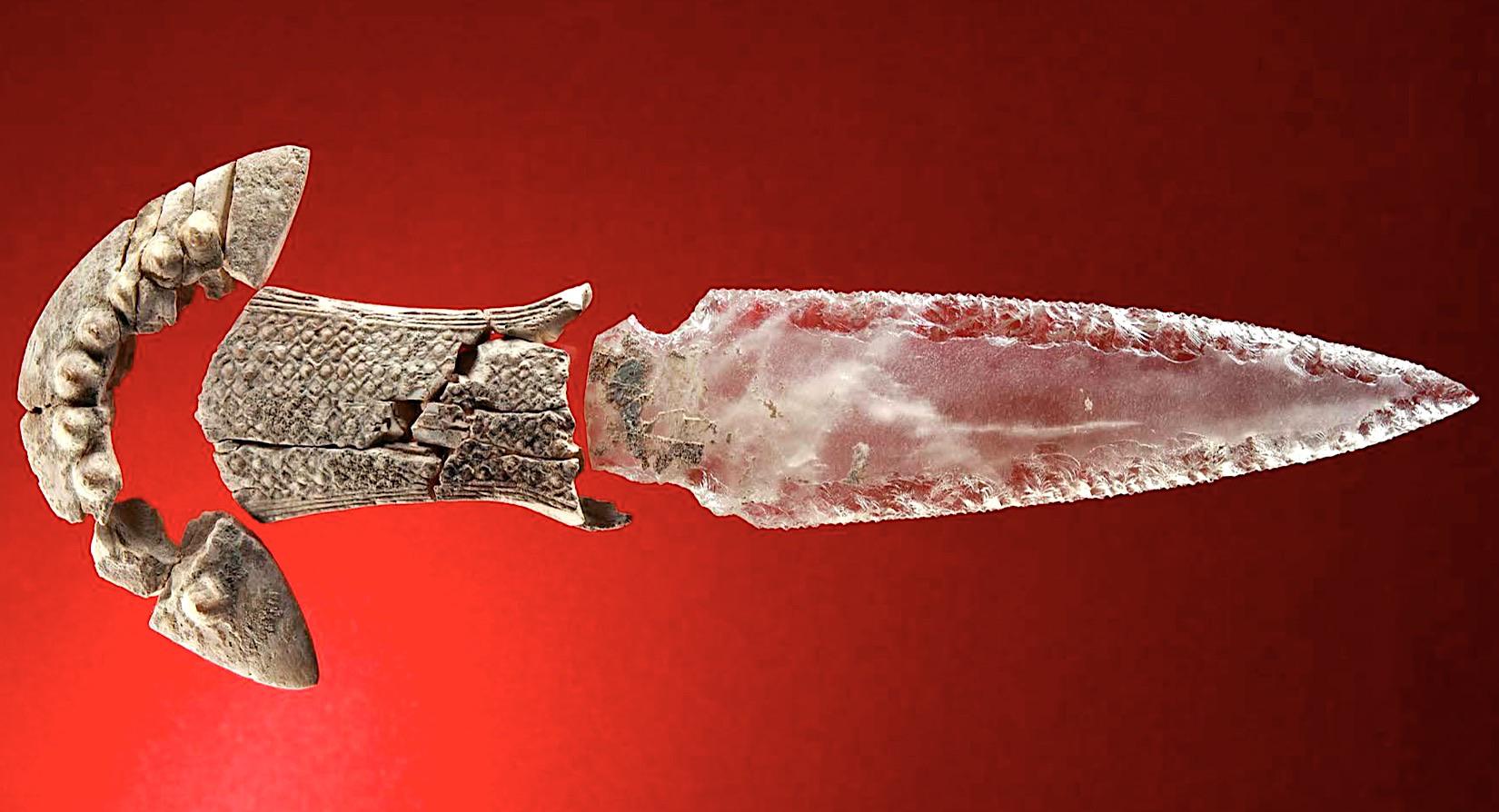
The fact that the dagger was found alongside other intricate artifacts, such as the gold blades and ivory objects, further highlights the advanced metalworking and crafting techniques employed by these ancient people. This level of technological sophistication challenges the common perception of Copper Age societies as primitive, and underscores the remarkable achievements of these early civilizations.
Social Stratification and Elite Status
The discovery of the crystal dagger and the other impressive grave goods within the Valencina de la Concepción tomb also provides insights into the social structure and hierarchy of the Copper Age societies in the region. The presence of such high-status artifacts, along with the large number of individuals interred in the tomb, suggests that this was the final resting place of elite members of the community.

The crystal dagger, in particular, may have been a symbol of power, authority, or spiritual significance, reserved for individuals of the highest social standing. This, in turn, indicates the existence of a well-developed social stratification within these Copper Age societies, with clear distinctions between the ruling elite and the common populace.
The Copper Age in the Iberian Peninsula
The Copper Age, also known as the Chalcolithic period, was a pivotal era in the development of human civilization, marked by the emergence of metalworking and the gradual transition from the Neolithic to the Bronze Age. In the Iberian Peninsula, this period spanned from approximately 3500 to 2200 BCE, and witnessed the flourishing of diverse cultures and societies that left a lasting impact on the region’s history and heritage.
Advancements in Metallurgy
One of the defining characteristics of the Copper Age in the Iberian Peninsula was the advancement of metallurgy. While the use of copper had been known for centuries, Copper Age societies in this region demonstrated a remarkable ability to extract, refine, and work the metal into a variety of tools, weapons, and ornaments.

The discovery of the gold blades found alongside the crystal dagger in the Valencina de la Concepción tomb is a testament to the sophisticated metalworking techniques employed by these ancient people. The ability to produce such intricate and high-quality metal artifacts suggests a deep understanding of metallurgical processes, as well as access to specialized knowledge and resources.
Architectural and Settlement Patterns
The Copper Age in the Iberian Peninsula also saw the development of more complex settlement patterns and architectural structures. Many communities during this period lived in fortified villages or towns, with evidence of well-planned, organized living spaces and the construction of monumental structures, such as megaliths and burial mounds.
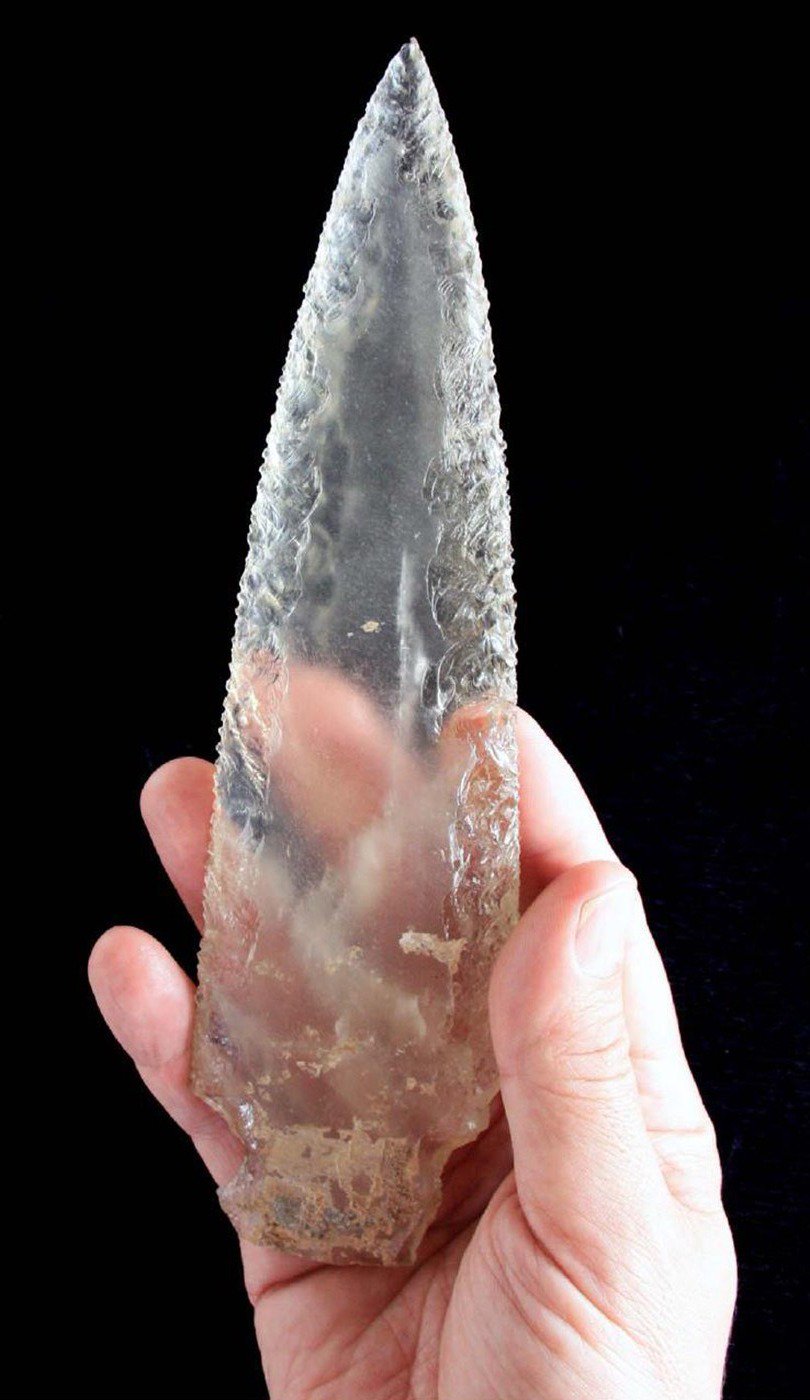
The Valencina de la Concepción tomb itself is a prime example of the architectural achievements of Copper Age societies in the region. The large, multi-chambered structure, carefully designed to accommodate the remains of numerous individuals, reflects the advanced building techniques and the social and cultural significance of these burial practices.
Trade and Exchange Networks
The Copper Age in the Iberian Peninsula was also marked by the emergence of extensive trade and exchange networks, which facilitated the movement of goods, ideas, and cultural practices across the region and beyond. The presence of materials like amber, ivory, and gold in the Valencina de la Concepción tomb suggests that these ancient societies were engaged in long-distance trade and had access to a wide range of resources and raw materials.
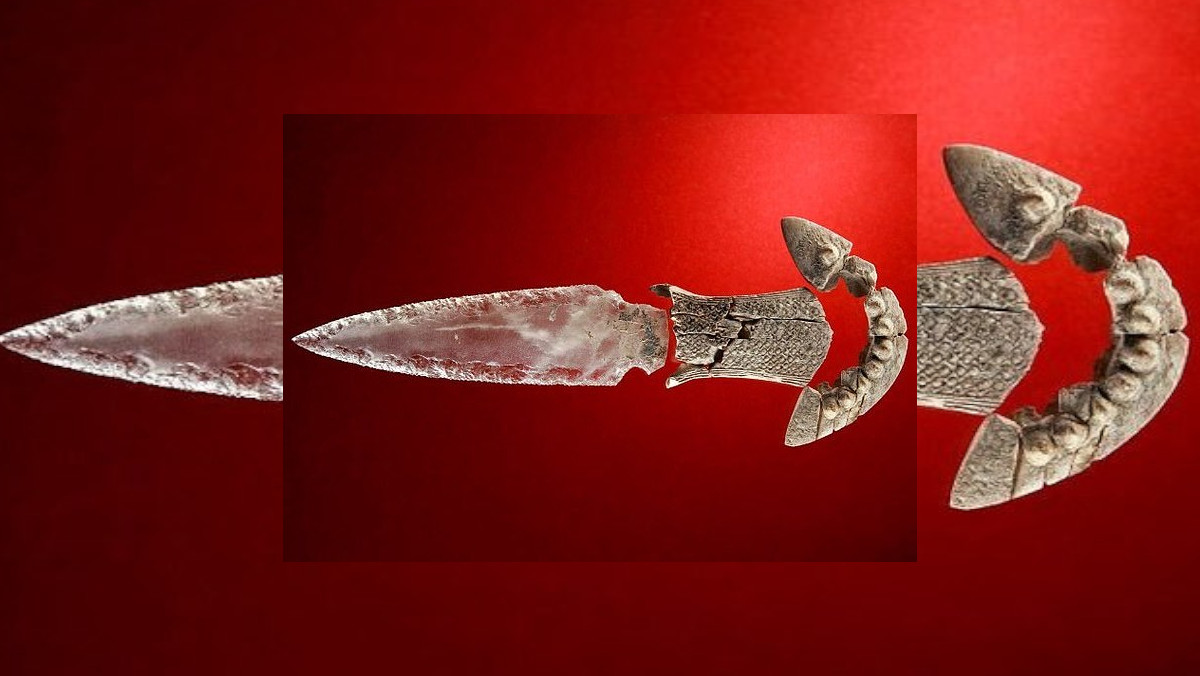
These trade networks not only enabled the exchange of physical goods but also the dissemination of technological and cultural knowledge. The sophisticated craftsmanship and the symbolic significance of the crystal dagger, for instance, may have been influenced by the exchange of ideas and practices with other Copper Age societies in the Mediterranean region and beyond.
The Legacy of the Crystal Dagger
The discovery of the 5,000-year-old crystal dagger in the Valencina de la Concepción tomb has had a profound impact on our understanding of the Copper Age societies that once thrived in the Iberian Peninsula. This remarkable artifact, along with the other impressive grave goods found in the tomb, has shed light on the technological prowess, social stratification, and cultural practices of these ancient civilizations.
Challenging Perceptions of the Past
The crystal dagger, in particular, has challenged the common perception of Copper Age societies as primitive or unsophisticated. The level of craftsmanship and the symbolic significance of this artifact demonstrate that these ancient people possessed a deep understanding of their material world and a rich cultural heritage.

This discovery has encouraged archaeologists and historians to re-examine their assumptions about the development of human civilization, and to recognize the remarkable achievements of these early societies that laid the foundations for the great civilizations that would follow.
Inspiring Further Research
The discovery of the crystal dagger has also sparked a renewed interest in the Copper Age of the Iberian Peninsula, leading to a flurry of archaeological investigations and research in the region. Scholars are now exploring the broader social, cultural, and technological contexts of this pivotal period, seeking to uncover more insights into the lives and practices of these ancient people.
As more artifacts and sites are uncovered, our understanding of the Copper Age in the Iberian Peninsula continues to evolve, shedding light on the complex and dynamic nature of these early civilizations. The crystal dagger, with its enduring beauty and enigmatic significance, remains a powerful symbol of the remarkable achievements of the past and the ongoing quest to unravel its mysteries.
Conclusion
The discovery of the 5,000-year-old crystal dagger in the Valencina de la Concepción tomb near Seville, Spain, has captivated the imagination of archaeologists, historians, and the general public alike. This exquisite artifact, crafted with remarkable precision and imbued with symbolic significance, offers a tantalizing glimpse into the sophisticated cultural practices and social structures of the Copper Age societies that once thrived in the Iberian Peninsula.
The crystal dagger, along with the other impressive grave goods found in the tomb, challenges our preconceptions about the development of human civilization and highlights the remarkable achievements of these ancient people. As we continue to unravel the mysteries of the Copper Age in this region, the legacy of the crystal dagger will undoubtedly endure, inspiring further research and deepening our understanding of the rich cultural heritage that has shaped the Iberian Peninsula over millennia.

